Live transmission is the most important component of any live production. Without a working transmission path, your live production is a live-to-tape production. There are a number of different transmission options to choose from, all depending on where your production is located and what you have to spend. Here’s a look at some of the most common live transmission options and which one might be right for you.
Fiber
Fiber transmission can be a very reliable option if you have access to an existing circuit. Having to construct a circuit can be costly and requires a significant lead time – depending on your budget and timing, ordering new service may not be feasible, so plan accordingly. In addition to the fiber circuit itself, you will also have to coordinate going through a NOC, which is an additional cost to factor into your budget and planning.
IP
We rely on IP transmissions for the bulk of our live production jobs. When transmitting via IP, it’s crucial that you have a dedicated internet circuit and that you have plenty of headroom on your connection. If you need 25mbps for your stream, ask your internet provider for 40mbps. This gives you headroom in the event there are any last-minute changes, but also gives you a little wiggle room in the event your ISP isn’t providing you speeds that were promised. Make sure that you’re not sharing your connection! Your dedicated line should ONLY be used for streaming and not for general production support or WiFi. Lastly, make sure you have a primary and backup technical contact for your ISP so you know who to contact in the event you need to troubleshoot.
Satellite
Transmitting via satellite is a viable option if some of the other delivery methods aren’t available, or aren’t feasible. The two most important things to consider with satellite transmissions are parking and line-of-sight. If you’re doing a remote production outside of a controlled environment (like a studio), you’ll need a place to park your satellite truck. This can be a challenge depending on the location of your event, but an important detail that shouldn’t be overlooked. The second consideration is line-of-sight – your satellite must have a clear view of the sky. Parking under a tree or next to a tall building can prohibit your satellite feed, so make sure your sat truck does a site survey PRIOR to the event. This isn’t something you want to figure out on the day of your production.
Redundancy
With any of the transmission options outlined above, it’s important to plan for some layer of redundancy if permitted in the budget. For any of our live streaming projects, we like to bring in a backup encoder with bonded cellular in the event there are any issues with internet connectivity. Double-dipping on your transmission costs can be pricey, but for a live production, it’s worth the extra expense to have peace of mind.
If you’re looking for assistance with an upcoming live production, contact us any time. We’d welcome the chance to work together.

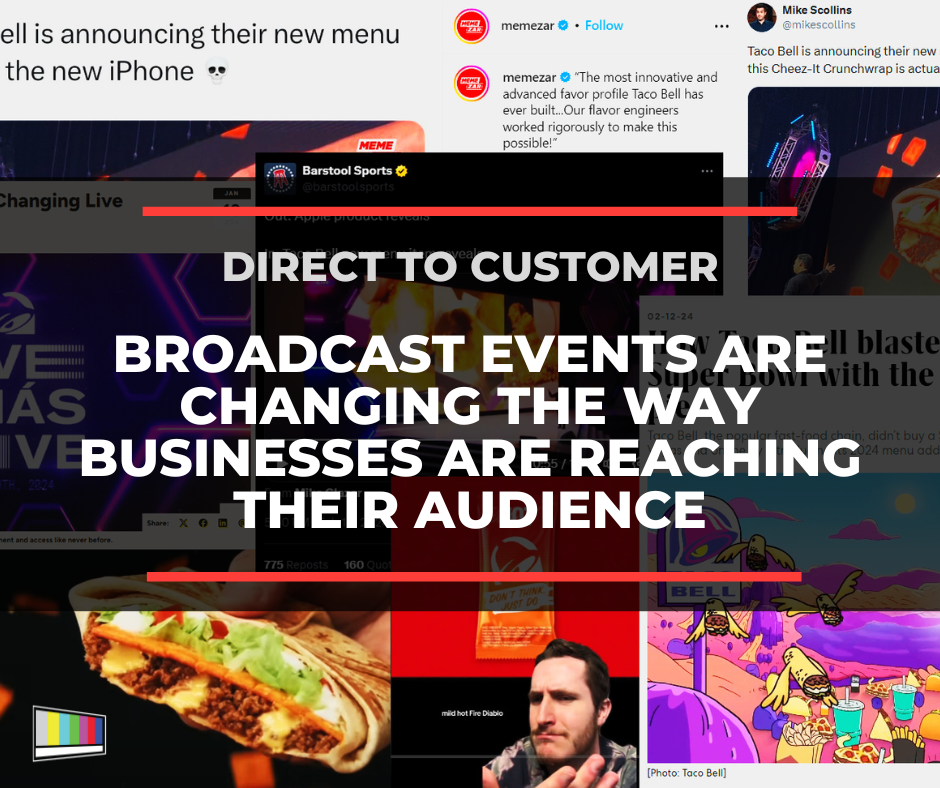



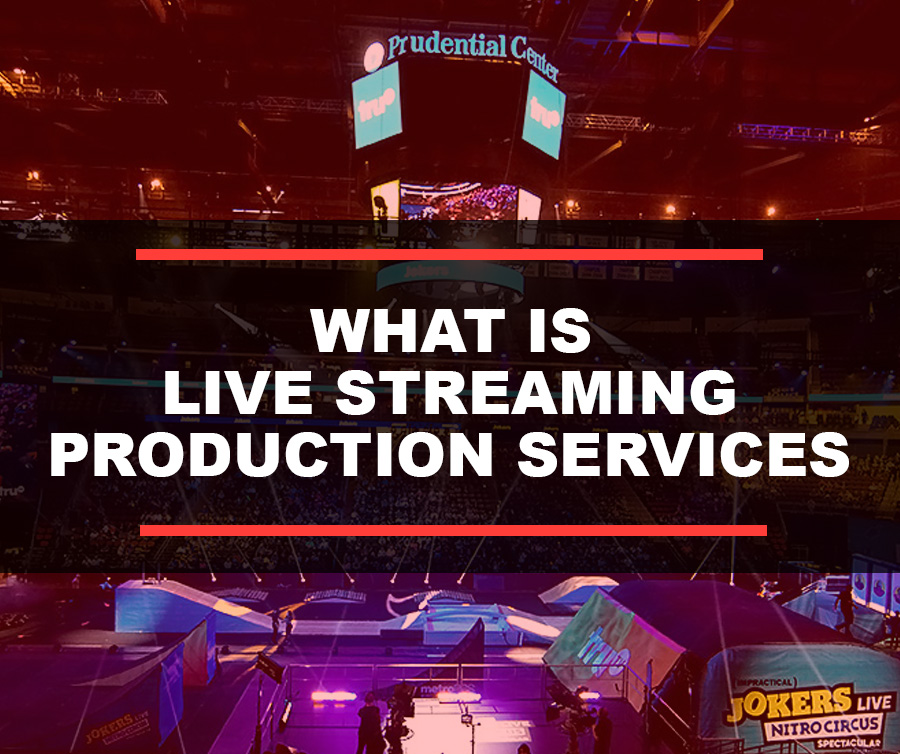

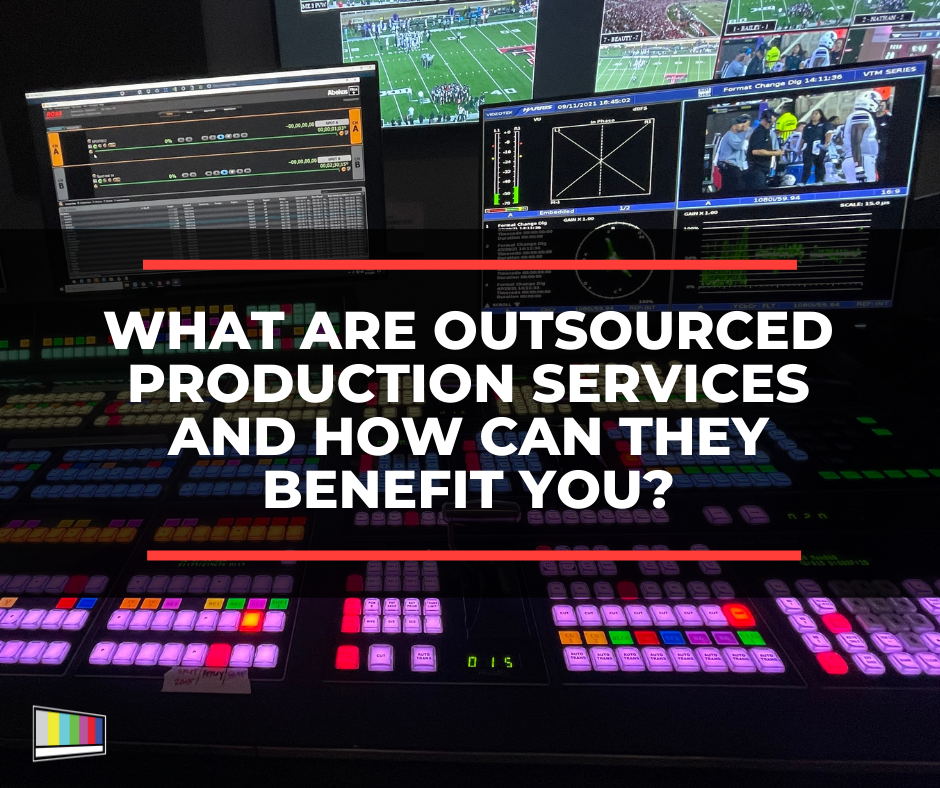



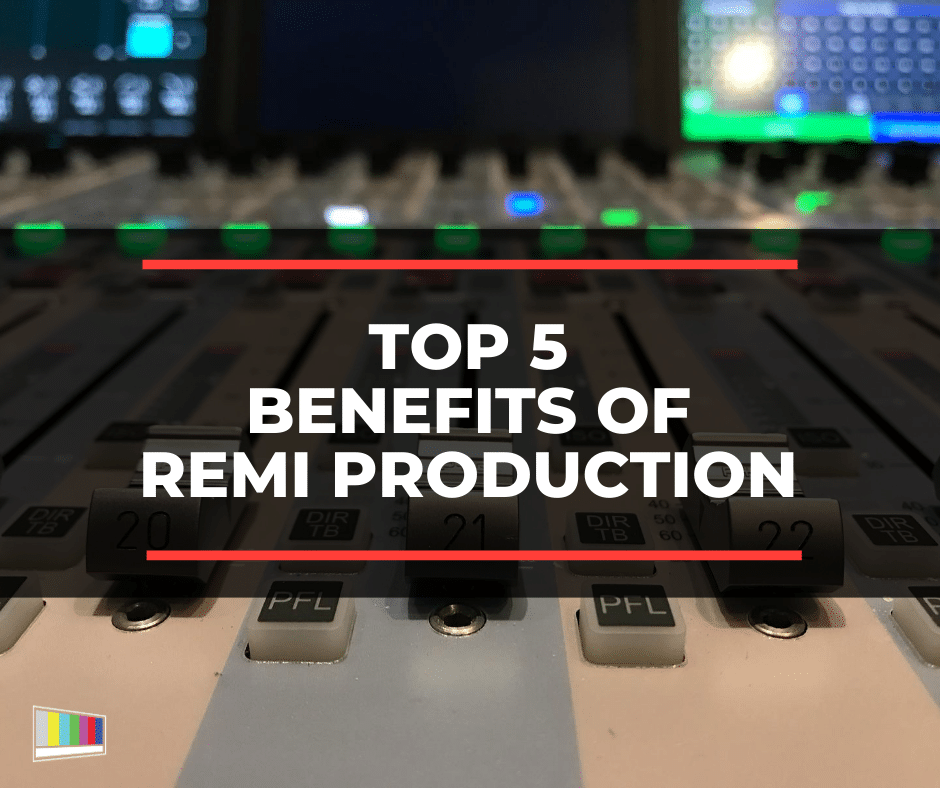
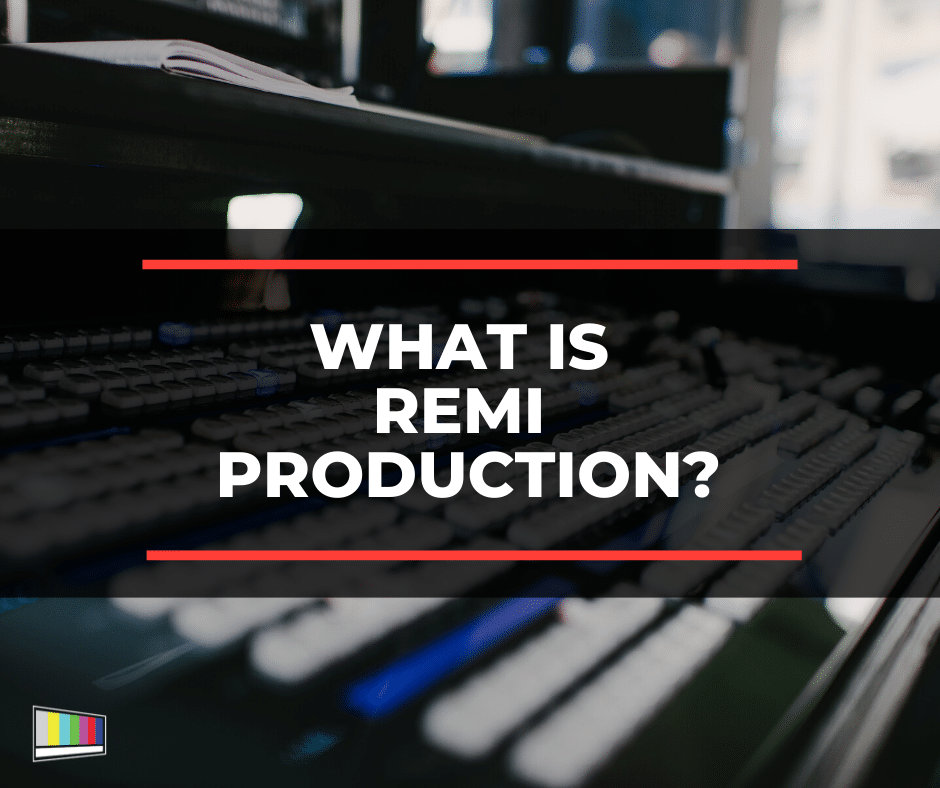
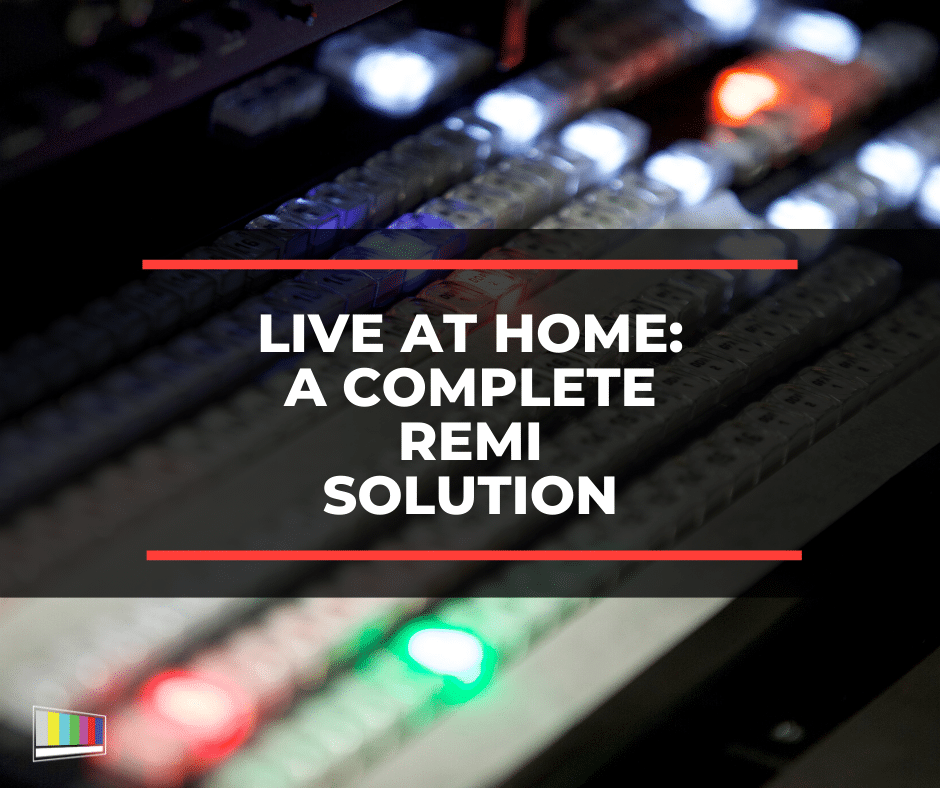
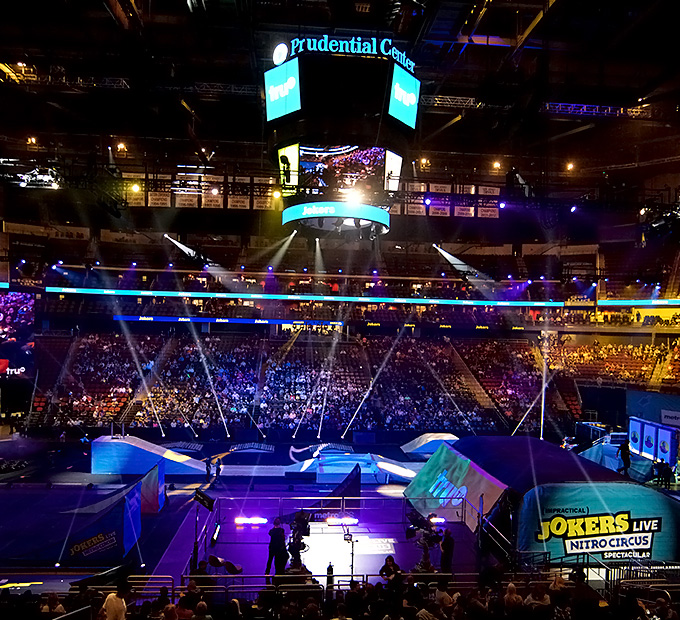
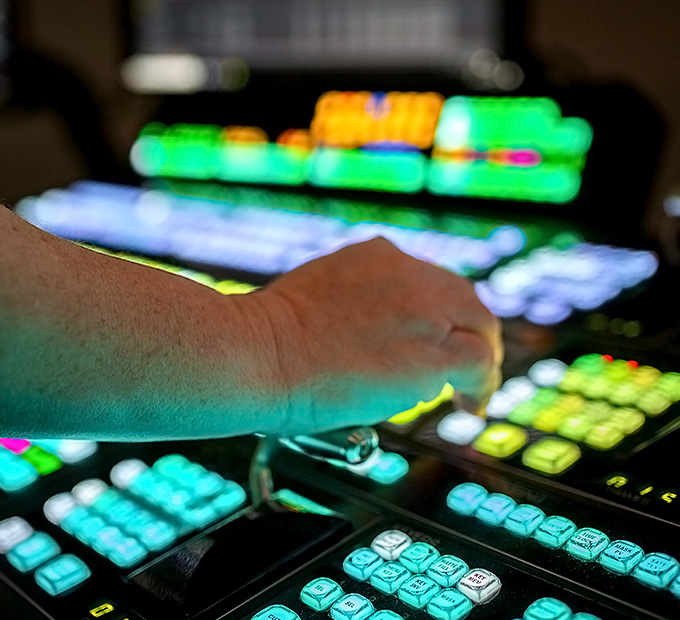
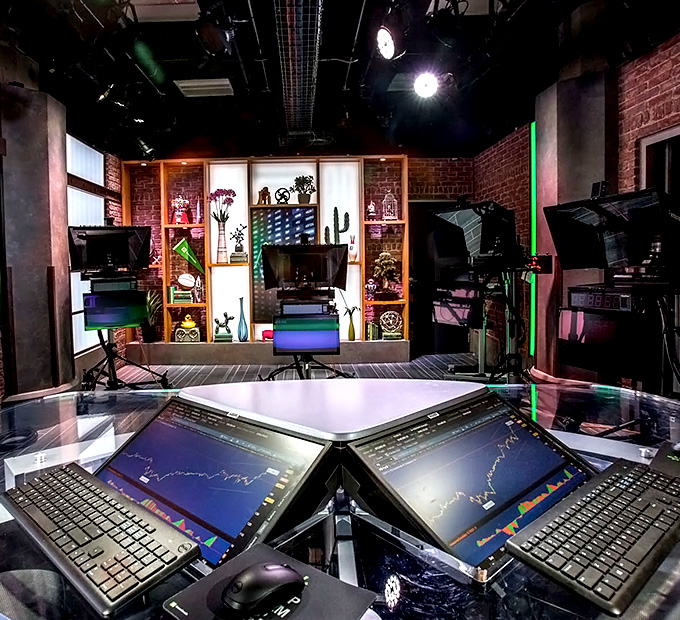

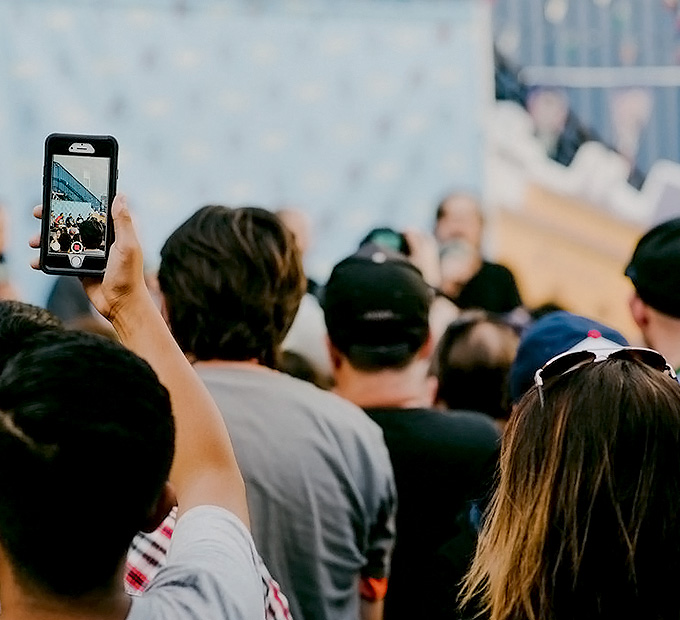
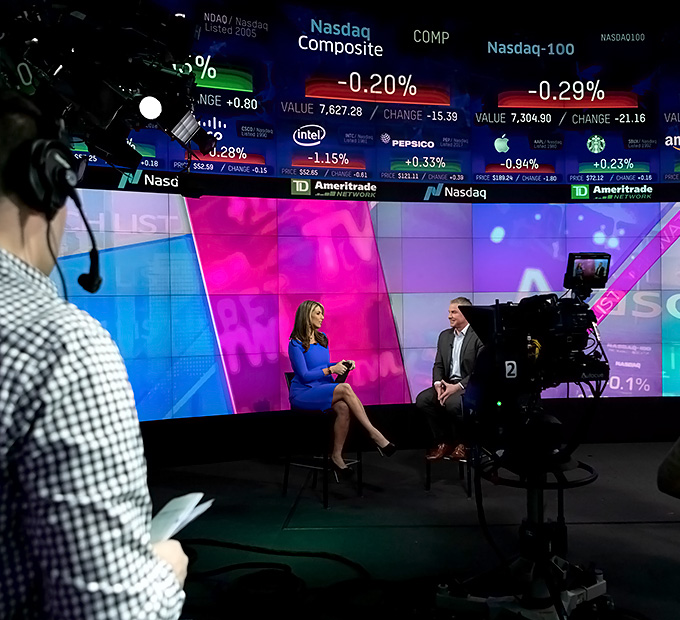
Leave a Reply